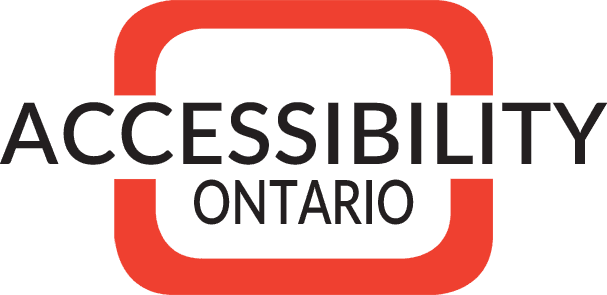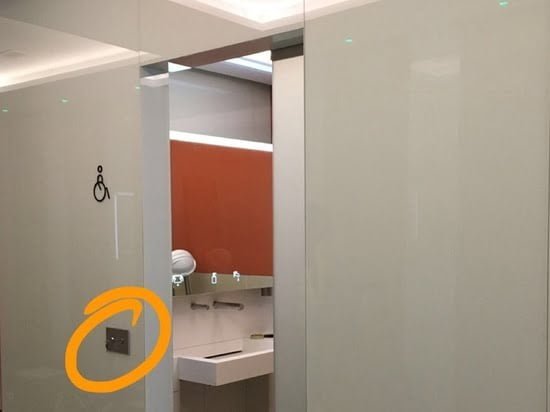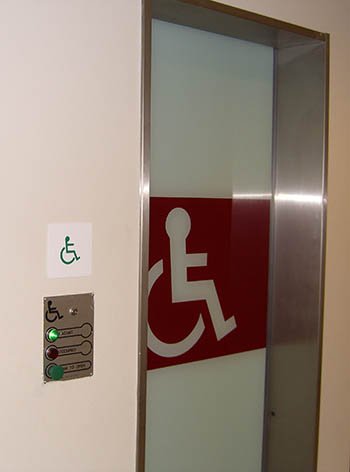
The purpose of the Accessibility for Ontarians with Disabilities Act, 2005 (AODA) is to ensure that all Ontarians have fair and equitable access to programs and services and to improve opportunities for persons with disabilities. The Act will eventually cover all of these areas: Customer Service Standards. The Accessibility for Ontarians with Disabilities Act (AODA) aims to remove any boundaries or restrictions faced by those with a disability, with the goal to make Ontario accessible to all by the year 2025. In 2015, the AODA standards became law and by 2025, all organisations must comply with this set of new guidelines.

Why should I worry about AODA?
The AODA is important to all Ontarians as many people think of a disability as someone with an obvious physical impairment such as wheelchair users. But the truth is disabilities affect far more people and a far wider reaching than that. Disabilities can also include visual impairments, hearing difficulties, learning or developmental difficulties and of course, mental health disabilities. The fact that disabilities affect many more people than is realized means that the AODA should be a high priority for all Ontarians, as everyone is likely to at least know someone with a disability.
What happens if I don’t comply?
The AODA have given the government the authority to set penalties in the form of fines if you are not compliant. An organization which is guilty can be fined up to $100,000 per day and the director of a company or organization who are guilty can be fined up to $50,000 per day. So it could cost you or your company huge losses if you do not meet the standards set out by the AODA.
Does the AODA apply to me?
If you can answer yes to any of the following then the AODA applies to you.
- Do you provide goods, services, or facilities?
- Do you offer accommodation?
- Do you own a building or premise which is used by others?
- Do you employ any people from Ontario?
What requirements do I need to meet?
- Highly visual fire alarms need to be visible in all public access corridors and all smoke alarms in residential settings need to be visible.
- Elevators or otherwise barrier-free access should be provided between stories in all buildings.
- Power door operators or automatic doors to be provided at a wide range of buildings.
- Barrier-free access to public swimming pools, spas and other such locations.
- Accessible and adaptable seating spaces in public places like theatres, town halls and places of worship.
- Barrier-free washrooms and toilet facilities.

What are the new requirements?
While there are already guidelines in place to provide accessible areas for people with disabilities, there are now amended requirements that you have to meet to adhere to the new AODA standards. These new guidelines are designed to further enhance accessibility and meet new dimensions needed to accommodate people with disabilities.
What does barrier-free washrooms mean?


Comments
Post a Comment